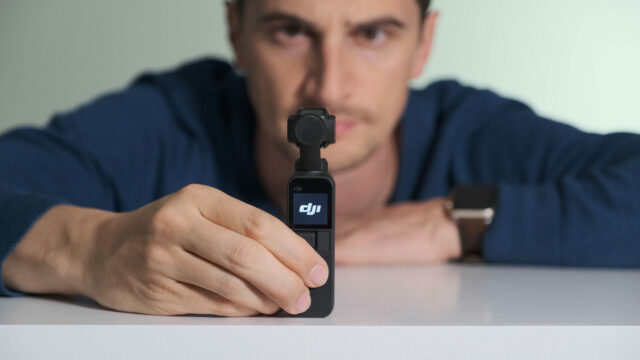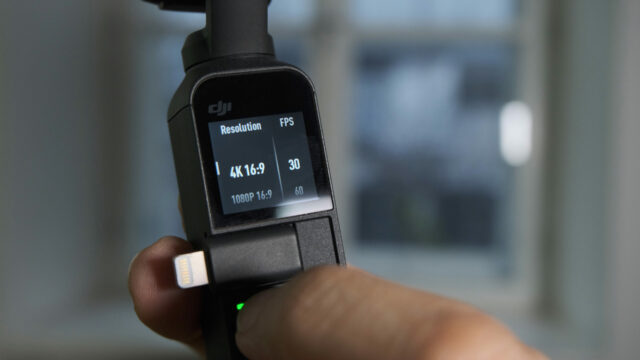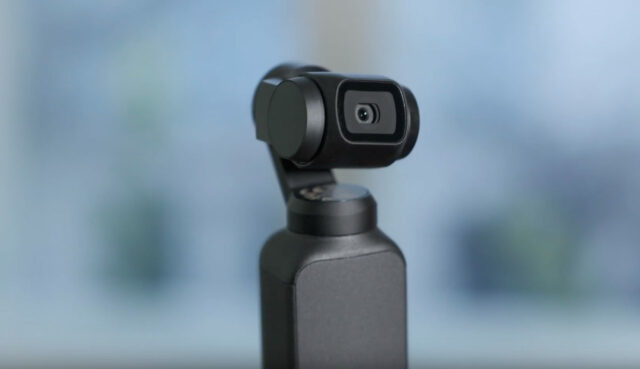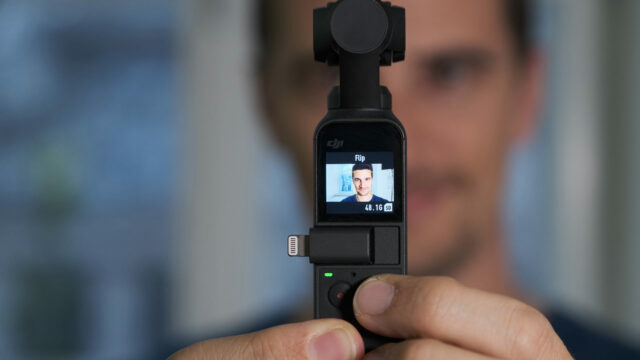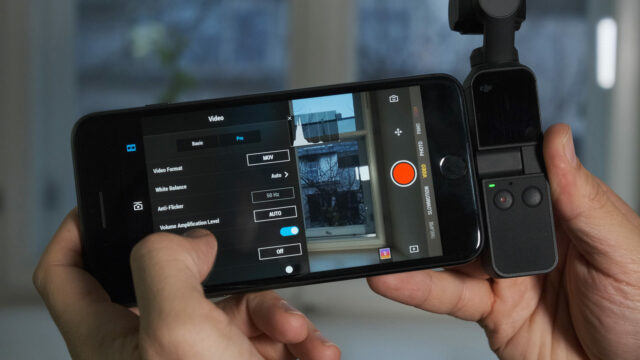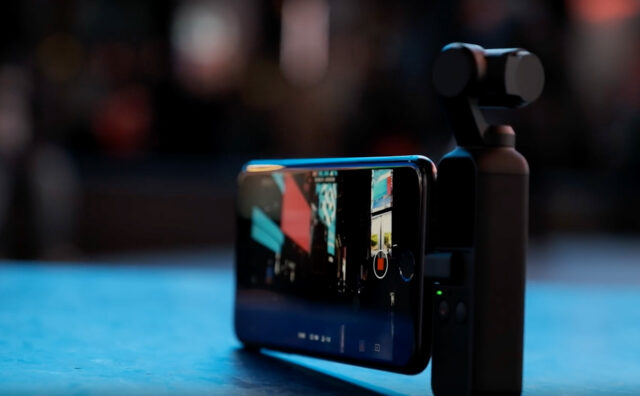DJI Osmo Pocket Review & Hands-on – a TOOL for PROFESSIONALS?
Music Courtesy of MusicVine.com Get 25% off your next music license with code C5D25 (valid for one use per customer)
We took a look at the newly announced DJI Osmo Pocket and asked ourselves: Is this a tool that can be useful for professional filmmakers? After attending their global launch event in New York City, I worked on this initial Osmo Pocket Review for a few days.
You might say: this is not a pro device, it’s for consumers! And you are absolutely right. But cinema5D has always been about making also inexpensive tools work for your filmmaking.
Not a Full Review – Pro Filmmaker Features
This is not a full review, there are tons of full reviews out there which cover every detail of this device. Unlike many other Youtubers, we unfortunately didn’t get access to the device before its release, which is why I decided to limit this review to an overview focusing on the “pro filmmaker feasibility” of the Osmo Pocket, and what it means for the industry as a whole.
Osmo Pocket – Action Cam or New Category?
DJI has created a completely new category with this device indeed, they have managed to shrink the gimbal down to a truly pocketable device. Unlike some other devices which have “Pocket” in their name (hint, hint), you can actually put it in your pocket.
With all the small camera tech they have developed for the drones, we have expected DJI to take on GoPro’s action cam market for a very long time, and this is the closest they have gotten to do that so far. However, it’s a very different device than something like a GoPro HERO7, which seems a lot more robust, but also more made to be put on a car or helmet.
Obsolete: Smartphone Gimbals
The Osmo Pocket on the other hand kind of makes using dedicated gimbals for smartphones obsolete, because DJI have combined it with a really impressively performing gimbal, something they have certainly learned to make right over the past few years. And it’s remarkably stable even when running.
Sensor Size, Aperture, Field-of-View
It has a 1/2.3 inch sensor, the same as in the Mavic 2 Zoom. It’s a fixed f/2.0 lens with a 28mm full frame equivalent field of view. That means it’s still fairly wide but not crazy wide like some action cameras on the market – which actually makes it useful to shoot accompanying walk-and-talk shots.
Tiny Screen, Pro Settings in the App
The built-in 1 inch touch screen is truly tiny, but the interface is well thought-out and you have access to most of the functions, however not the Pro settings. For those, you need to use the DJI Mimo app. When using only the built-in screen, it’s practically impossible to judge focus. I recorded a couple of shots that are out of focus when using it without the app.
When you attach the phone and use the app, you can access all Pro settings, and you immediately have access to all essential parameters like ISO, shutter speed, white balance, frame rates and more, and that makes it feasible as a professional device. It’s impressive that the camera can do up to UHD 4K 60p, however the bitrate reaches 100MBit only in that mode, the other UHD modes are around 80MBit/s, and HD only around 30MBit/s. What we are missing so far are picture profiles like D-Cinelike or D-Log, but as André said earlier, that will come in a free update to the Mimo app soon. Hopefully they will also include ways to adjust the post sharpening and other parameters too.
Audio Quality, Microphones
In terms of built-in audio – it’s okay but not great, and it picked up quite some wind noise when I used it. The audio on the GoPro Hero7 is clearly better, but again, those two are hard to compare. There is no headphone jack to monitor the audio, but you can connect an external microphone with a separately sold 3.5mm adapter. So far even then you don’t have access to manual audio level controls.
Conclusion – No-Brainer for Pro’s, Steep Price for Consumers
To summarize – for the professionals, this device is tiny enough as a b-camera to keep in your bag, and at $349 cheap enough to be close to a no-brainer addition to your kit. It’s not the silver bullet to anything, but something you can hand to a director, producer or assistant if they desire an extra angle while moving. Vloggers will like this to produce stabilized footage without any fuzz, they should just use a separate microphone or audio recorder. For consumers, the price point might be a bit steep however, if they already have a very good smart phone camera in their pocket.
But the Osmo Pocket is a sign of things to come, and while it is impressive technology in a very small package, it’s still a first generation product, and without a doubt, DJI will work on a Pro version of this in secret in the background. We certainly can’t wait to see what’s next on this platform.
The music used in the video above is courtesy of Music Vine. Get 25% off your next music license with code C5D25 (valid for one use per customer).
